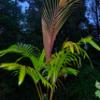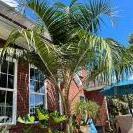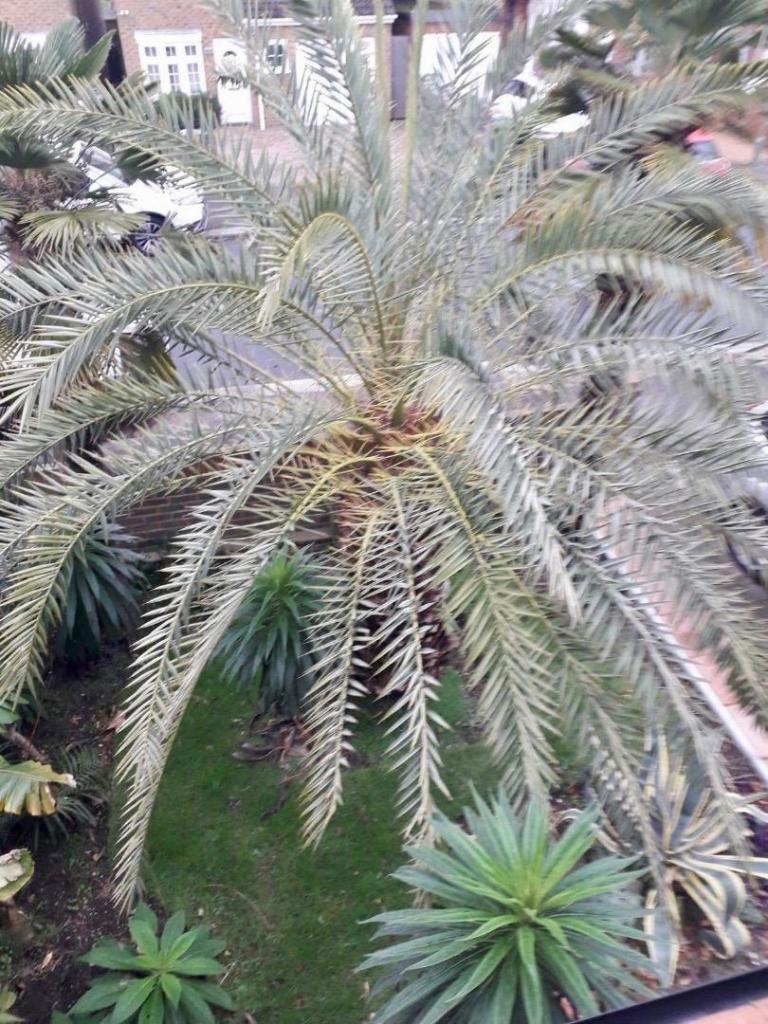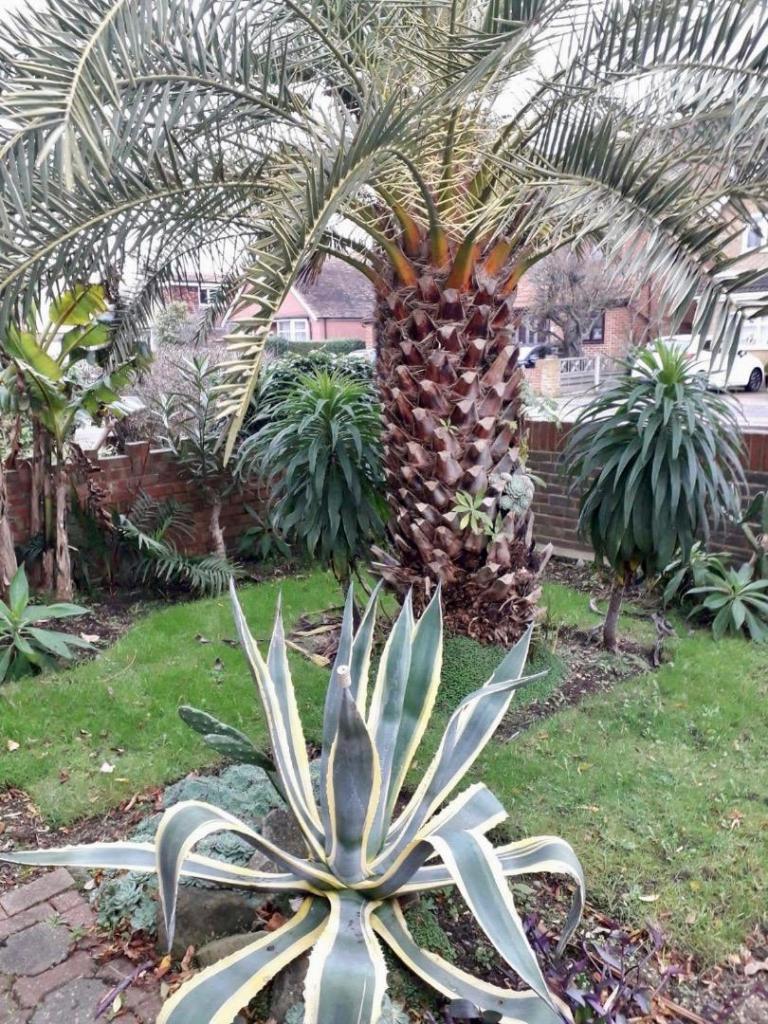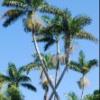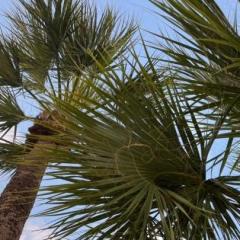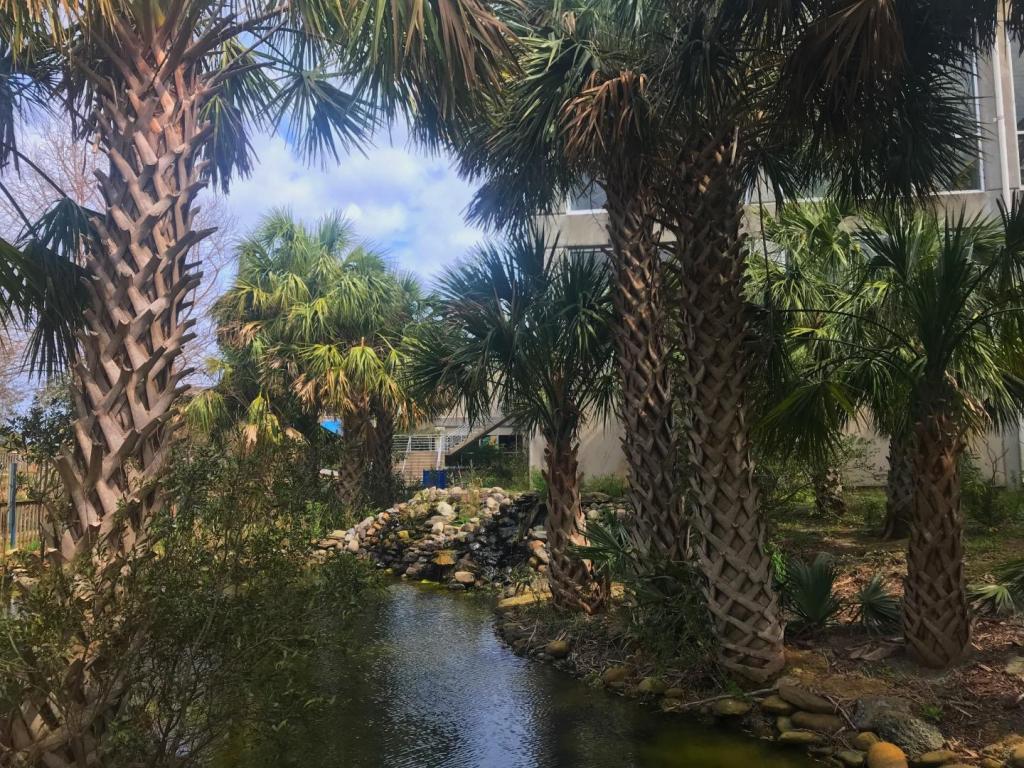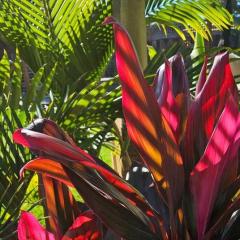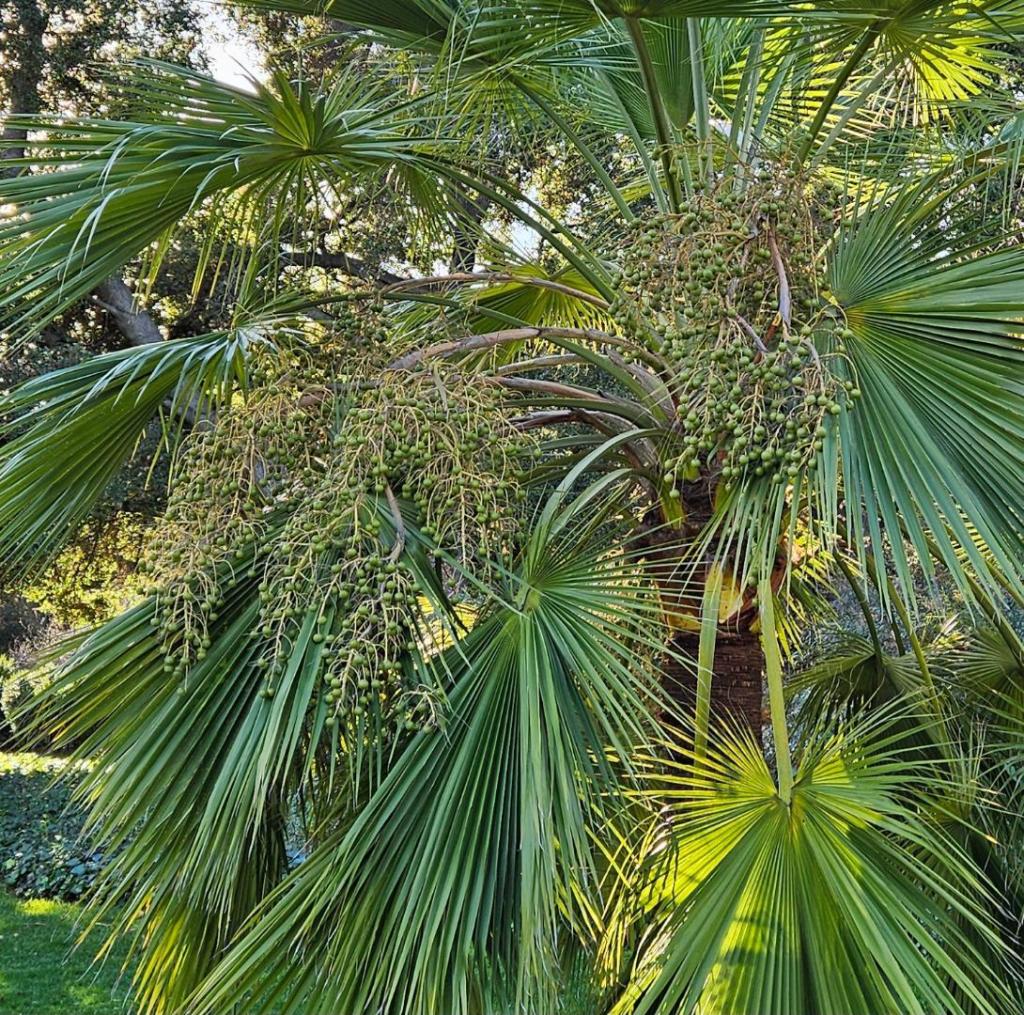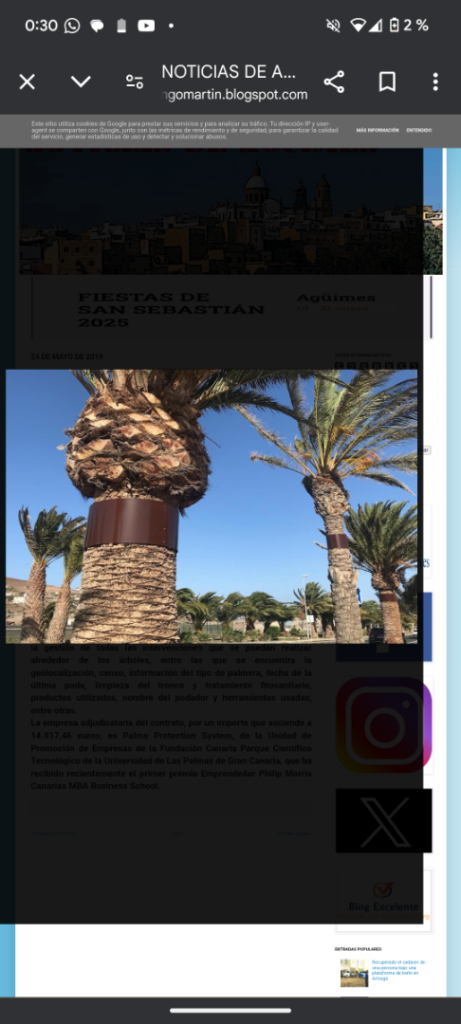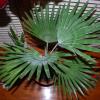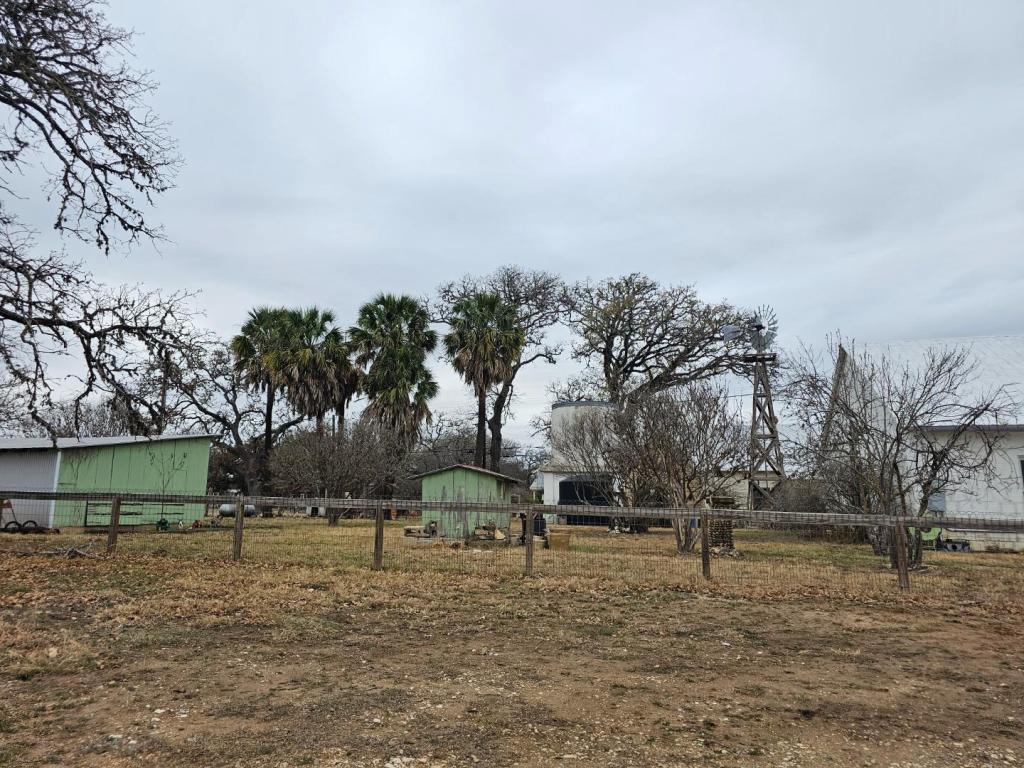Leaderboard
Popular Content
Showing content with the highest reputation on 01/16/2025 in all areas
-
10 points
-
6 points
-
Forecast keeps getting warmer and warmer 😊The NWS forecast minimum for Houston is now "only" 28F. I'll definitely take snow over freezing rain though. I remember several snow events just below/at freezing in Houston that didn't really do any lasting damage to tender vegetation. Freezing rain on the other hand causes leaf breakage and potential problems when it gets into the crown of palms. My favorite snow pics...royals and coconuts covered in snow in 2017 and 2004 snow events in far south TX/NE Mexico. The plants were not seriously harmed. Hard to believe it did not snow there for over 100 years, but now already 3 times this century 😆. (photos from old Palm Society of South Texas website and pulled from IG)6 points
-
Here that neighbor would be liable for replacement and transplant of fully adult trees of the same size, and perhaps separate criminal charges. The trees wouldn’t be expensive, but the flatbed, crane/backhoe, and installation would. Those trees will never heal and are likely a fall risk now.5 points
-
4 points
-
Legal action. Those trees will have to be removed and replaced.4 points
-
4 points
-
Palms cannot heal themselves like true woody/dico trees can. Palms are monocots more closely related to grasses and have fibrous trunks. There may be ways to treat the physical damage they suffered and I hope someone will address them but the palms will not heal on their own. My condolences4 points
-
4 points
-
This is by far my favorite Chamaedorea sp. because it's a Chamaedorea costaricana mimic. I have 3 seedlings and noticed that along with Chamaedorea microspadix they grow during and seem to like fresh (11⁰C - 17⁰C) days. Due to its rarity, there's not a lot of information about its cold hardiness. This palm extends its range into the mountains of the Mexican state of Durango, which have a slightly cooler climate than the Chamaedorea microspadix and radicalis habitat. There's some very big old clumps in the Huntington Botanical Gardens in California that for sure survived the 2007 freeze. Does anyone else grow this species? I'm motivated to plant two in the ground when the base starts getting thicker.3 points
-
Heinous. That person is not well, but we can be glad he/she did not use the chainsaw on another living being.3 points
-
Also you should go ahead and plant some lady palms and bamboo right by your fence 😂. If you know you know.3 points
-
The left two in the last photo look like they will live on despite the damage. The furthest right palm has a severe cut that looks like it goes a bit past the halfway mark. It is going to severely hinder that palm's ability to draw up water and nutrients, and obviously makes it a hazard come any wind event. I would cut my losses (literally and figuratively), and plant a new set of palms. I really don't think those steel rods and straps stand any chance if the top of the palm decides it wants to go - the leverage on that canopy is pretty immense. The taller the palm, the bigger the leverage.3 points
-
3 points
-
Tracy, i wanted to resurrect your post from last year to share some research I've been doing. Here is what i just got identified by Dr. Don Hodel as "likely" Chrysalidocarpus lanceolatus 'Compact Form' aka. Chrysalidocarpus blackii: And here is true Chrysalidocarpus lanceolatus according to Dr. William Baker habitat photos: Both of these are distinct species and are growing in my yard in South FL zone 10b. The C. blackii is apparently being sold out of Hawaii and is common here in Florida while the C. lanceolatus is a bit more rare here in FL. Could be the same case in CA. JD3 points
-
Ever since 2021 happened my city gets a freeze every year. Before 2021, events like that used to be super rare, they happened once in like 4-8 years. Now it seems like this will keep happening forever nonstop. Have patterns like this one ever happened in the past? Are "nonstop" years of freezes a sign of a future warm period?2 points
-
2 points
-
2 points
-
2 points
-
@Harry’s Palms and @tinman10101 and anyone else out in SoCal, my heart goes out to you because of those awful fires and the idiot insurance companies that are victimizing you. I've faced palm obliteration from all the major hurricanes we've suffered since 2017. But FL earns a lot of money shilling for its tropical plantings, including palms so it won't risk the wrath of the Snow Birds by consigning its State landscaping to a gigantic mulch mountain to improve its elevation. No more than Cali would leap for a 50' tall concrete storm barrier around all its beaches. There's stupid and then there's really stu.......... Never mind. So far in my 31 years in Cape Coral Code Enforcement has not ordered me to cut down my palms to "save" the environment around our 0.61 acre paradise. Code has ordered us to move our 4"/1g potted palm seedlings out of sight of the road because a North American Snow Bird complained we were running a commercial nursery in a residential area (which is illegal here but we weren't selling plants or anything else). Here in FL we lose a lot of trunking palms to lightning, which is a bit of an armageddon experience when your neighbor's royal explodes and splits to the ground. Any palm exceeding 20-25' tall is a candidate for the "nuked" list. But I've not heard of gov't authorities knocking on doors or sending form letters demanding residents remove all tall palms, i.e., royals, Washies and the like. People who don't know palms should learn that many, if not most, species grow in areas prone to high winds, storms and wild fires. What happens, at least often in FL. is that the flames of a wild fire burn off skirts, dead fronds and assorted fibers and ligules in minutes then pass by looking for something stick built to latch on to. The palms left behind might be scorched and blackened yet still alive to grow further. I see it all the time here in native Sabals, Serenoa and Acoelorraphe - amidst the black new leaves of bright green. My bet is that more palms in Pacific Palisades survive than people think. Going after the palms is pointless and wasteful. It's the loss of all those homes and businesses that really matters. I will say no more about that except I'm still on Santa Claus' Naughty, Not Nice Special Delivery List so no way do I want to put someone's knickers into a twist (no snark intended). All my never-met mostly anonymous kinfolk reside in NoCal and S. Oregon (I'm an East Coast brat myself, which takes a lot of fortitude and gumption and is the reason almost none of my kin ever came to visit us). I try not to think the perils they face in the future. I'm no fan of tsunamis. I wish everyone in SoCal the best in their recovery and return to their homes.2 points
-
That’s the go Harry keep those kids thinking and alert. We get backpackers at work picking fruit one day a French gentleman asked what sort of monkey was in the trees making that noise I replied it’s a bird the kookaburra he couldn’t believe we didn’t have monkeys. I have three monkeys in my garden see no evil hear no evil and speak no evil are there names I call them the three wise monkeys. And yes you don’t get a palm garden overnight that’s for sure. Richard2 points
-
This photo adds a lot more perspective. I would absolutely remove them. They're a falling hazard being that tall with such large crowns. Archontophoenix grow so fast, you could have palms that big in 10 years (or much sooner if you replace with large specimens rather than small seedlings). You could end up paying for damage to your neighbor's house if those palms come down toward their side (windows, fence, that little pop-out with the roof...)2 points
-
we had this morning min. 1.4 °C / 34.52 °F and max 7.5 °C / 45.5 °F. i must check my weatherstation after i saw the max. temperature but all is good ... we are happy and yet it was strange to have a night without frost again for a change. sounds crazy😁2 points
-
wonderful pictures. it looks like a winter fairy tale, garden of eden in winter with palm trees.2 points
-
2 points
-
Only the last three pictures are showing for me, but from what I can see, it looks like Heterospathe Elata. Does the new leaf emerge with a reddish color before turning green?2 points
-
Theophrastii is definitely more leaf hardy than Canariensis, which is evidenced by the one out near Heathrow airport in the far western suburbs of London. There is less UHI where this one is growing and being further inland the temperature in winter can get much lower. Heathrow had -8.4C during the 22/23 winter, which was its coldest temperature since the 1987 freeze. Yet this Theophrastii looks absolutely fine and has never been protected, even during the 2010 and 2018 events. The fact there aren’t any CIDP’s or Washingtonia as impressive looking as this in the far western London suburbs suggests that Theophrastii is much more leaf hardy and handles the cold better. I would say mature Theophrastii is leaf hardy down to about -9C / 16F, compared to only -7C / 20F for CIDP. The latter is bud hardy down to about -20C / -5F in optimum conditions (it has come back from this in New Mexico and Texas), but it remains to be seen just how bud hardy Theophrastii actually is. I would have thought it would be fairly similar though. But it is certainly a bit more leaf hardy than CIDP in southern England. Of course the duration of a freeze is also going to be just as much of a factor as the absolute minimum as well though.2 points
-
You need to be careful with snow. I will always argue that no snow is better than having some snow, even if people insist that it insulates small palms or whatever. But not only does snow add to moisture problems by making it more of a wet-freeze, but it also increases the rate of radiational cooling on a clear night. So what would have been say a 25F night could turn into a 15F night with lying snow cover. Whenever I have had snow here, it normally means the following night is much colder than it would have been without any snow cover. Obviously if there is a load of cloud cover during said event, that will mitigate things. But what you definitely don’t want is clear skies at night with snow on the ground!2 points
-
Complete vandalism, we get the same here along the coastline with people killing native vegetation and plants that are blocking there view of the beach. It’s so obvious when you see the trees dying who has done it. Land care groups replace the trees but they kill them as well.2 points
-
Thanks it’s jungle out there. I dont know how many palms are in ther3 or how many varieties I just keep planting them that’s all I know.2 points
-
Are you saying this is not conidered a criminal act?? That neighbour would definitely be arrested for that around here. That said, I wouldn't waste any time. Just remove them. They will never be the same and it's far less pain to remove them than watch their death over the next 2 or 3 years. I would just replace them with something more expensive and exotic (but maybe 1/4 that size) and tell the judge it was the closest replacement you could find, Better to have the enjoyment of watching something else growing into that space than deal with the pain of watching those three palms slowly die. They have no long-term chance of survival whatsover.2 points
-
2 points
-
As the arctic warms due to climate change, there is more energy there. And this energy needs to go somewhere, so it is being released more often, at longer periods into the temperate and subtropical latitudes. Longer lasting, colder polar vortexes are becoming more and more common. It might look like your city has warmed on average when looking at the USDA maps, but it means nothing if everything you’re growing will be wiped out every 5 years.2 points
-
2 points
-
2 points
-
This is almost Raleigh. Quite insane to see a Washingtonia in Clayton. I wonder how long it’s been there or how many more years it has left before the cold kills it.2 points
-
I hope that “fix” works for you . I don’t know your laws over there , but I would certainly seek replacement for those mature palms . That is just insane that someone would do that. Harry2 points
-
2 points
-
2 points
-
2 points
-
Interesting, do we have some information on the damage that was done during that freeze? Correct me if I am wrong, but I believe it went down to 18F then? The master cold file administered by @kinzyjr only has one entry for this species for a specimen in Florida that survived 29F with "No Damage". I assume this plant came back from the ground then from 18F? But if leaves only had minor damage with those temps you may be on to something. If not, factors like growth speed (how fast do they bounce back) may determine viability in regions with more reliable and frequent colds. I mean, if it can't even handle back to back temps in the mid 20s EVERY winter (and it looks like crap for three seasons), its a nono for me and, I assume, many other here. I don't know anyone growing this in my area. I have Microspadix and Radicalis and I'd say the latter is quite reliable here.2 points
-
2 points
-
Oooops, don't know how that picture that my 3-year-old drew made its way in there 😕 Merlyn, Differences in the leaflet size and overlap, angle of the leaflets radiating from the rachis, inflorescence size and number of orders, overall growth speed, and interfoliar vs. infrafoliar inflorescense. Yes, there is a chance the Floribunda ones could actually be C. blackii, but I don't want to make any definitive statements without more pictures and information. My belief is that C. blackii is actually fairly ubiquitous here in Florida and the true C. lanceolatus is quite rare. Tim, Yes, that is the article I used to make a 4-page comparison which I sent to Dr. Hodel and he confirmed that my first palm does key out to C. blackii. But, you are correct that environmental conditions and climate may create some differences in morphology, especially when juxtaposing CA vs. FL specimens. Based on my comparison, the palm in the first picture above aligns with Hodel's C. blackii (taking into consideration the climactic differences between Fountain Valley, CA and Fort Myers, FL) and the second one aligns with Dr. Baker's C. lanceolatus habitat photos.2 points
-
And S (L) itapebiense! I’m in the same position, would be great to have the complete Lytocaryum sub genus set. Such cool palms for those of us with limited space.2 points
-
2 points
-
Awesome garden for Perth mate. What part of Perth are you in? I miss my trunking Veitchias from my old Belmont garden. No hope of growing them well down here. I miss Veitchias, Wodyetia, Wodyetia x Veitchia, Hyophorbe, Carpentaria, and the ability to grow Carpoxylon in Perth.2 points
-
2 points
-
Weather instability seems to be a part of a much bigger picture than our limited experience.2 points
-
Well it looks like everywhere extreme weather events of any kind are becoming more frequent and I guess in winter the polar vortex just becomes more fragile. Currently the whole northern hemisphere looks incredibly warm. Espescially in the normally very cold regions. I recently also read that melting ice and above average temps in the polar regions will cause more precipitation and snow events in many places. But some events are also just regular deviations and there are many many times in history or even in recent decades where extreme weather events came in rows. Since 2021 is only 4 years ago it's hard to tell. Sea temperatures are also very hot with multiple records fallen last year. And don't forget the influence of La Nina and El Nino. Espescially important for North- and Central America. I think weather has just become more unpredictable for everyone.2 points
-
Yes, more tropicals and plants I have not seen before. My neighbor has a Saguaro Cactus which is taking off into a tree and is growing in such a climate far from any desert one could imagine and yet it looks happy. There are at least a dozen trunk growing Queens around Brookings, also Palms I am not familiar with. Queens can be seen in Brookings next to Bi-mart, off Memory lane, Cedar lane, up the Winchuck and Chetco Rivers. A few in Harbor. There used to be several next to Azalea Park and over by the high-school. There are also several Kings growing in Brookings. I am putting in several new Palms, Kentia, Juania, Ribbon Fan and Butia. I may also try a Majesty Palm if I can make the right place. Running out of places to put plants on 1 flat acre. Below is our 45 year old Satsuma Mandarin which is producing very sweet and juicy mandarins right now.2 points


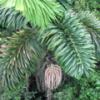
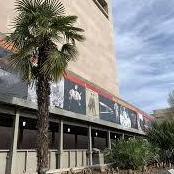
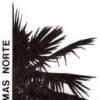

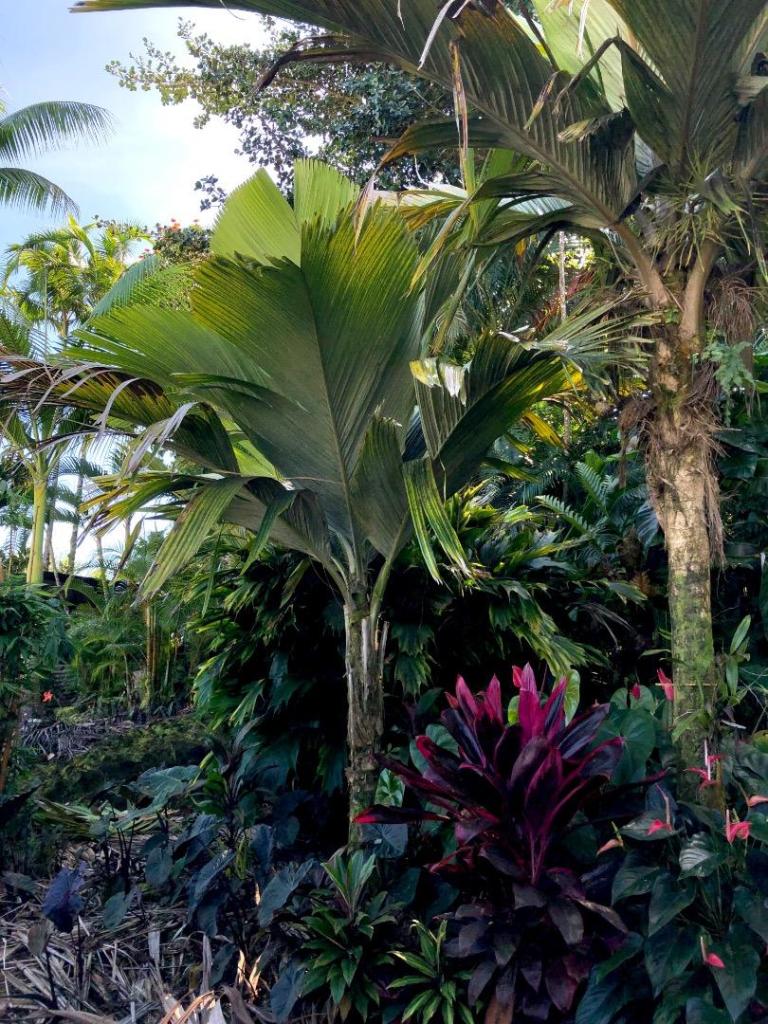



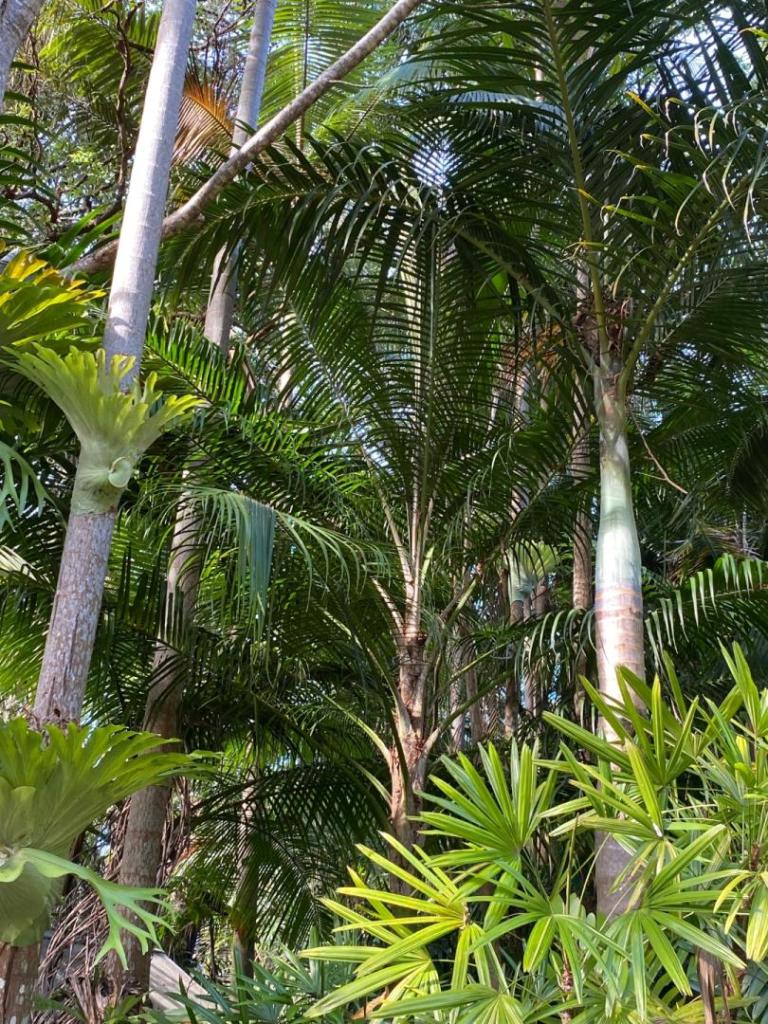


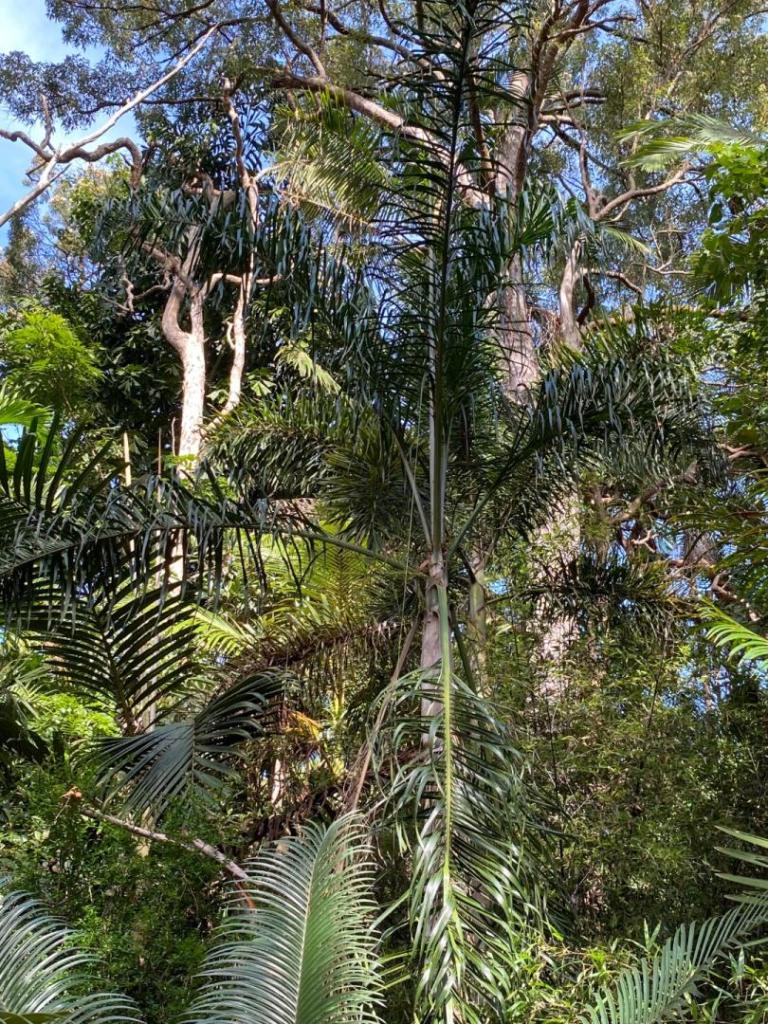



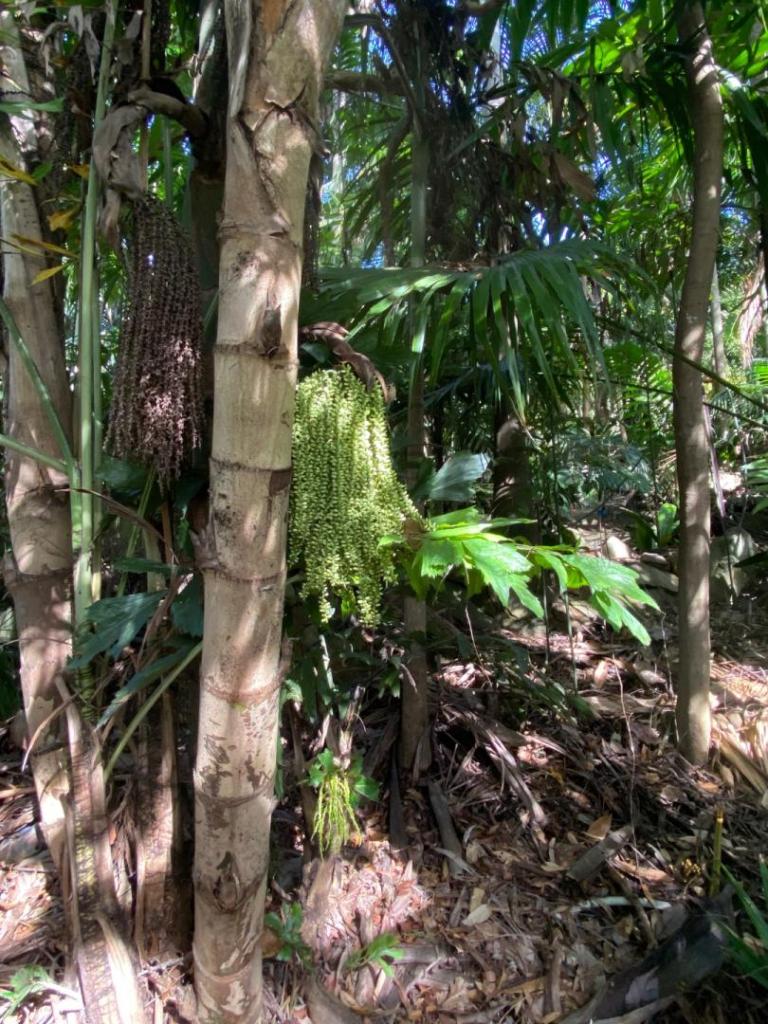






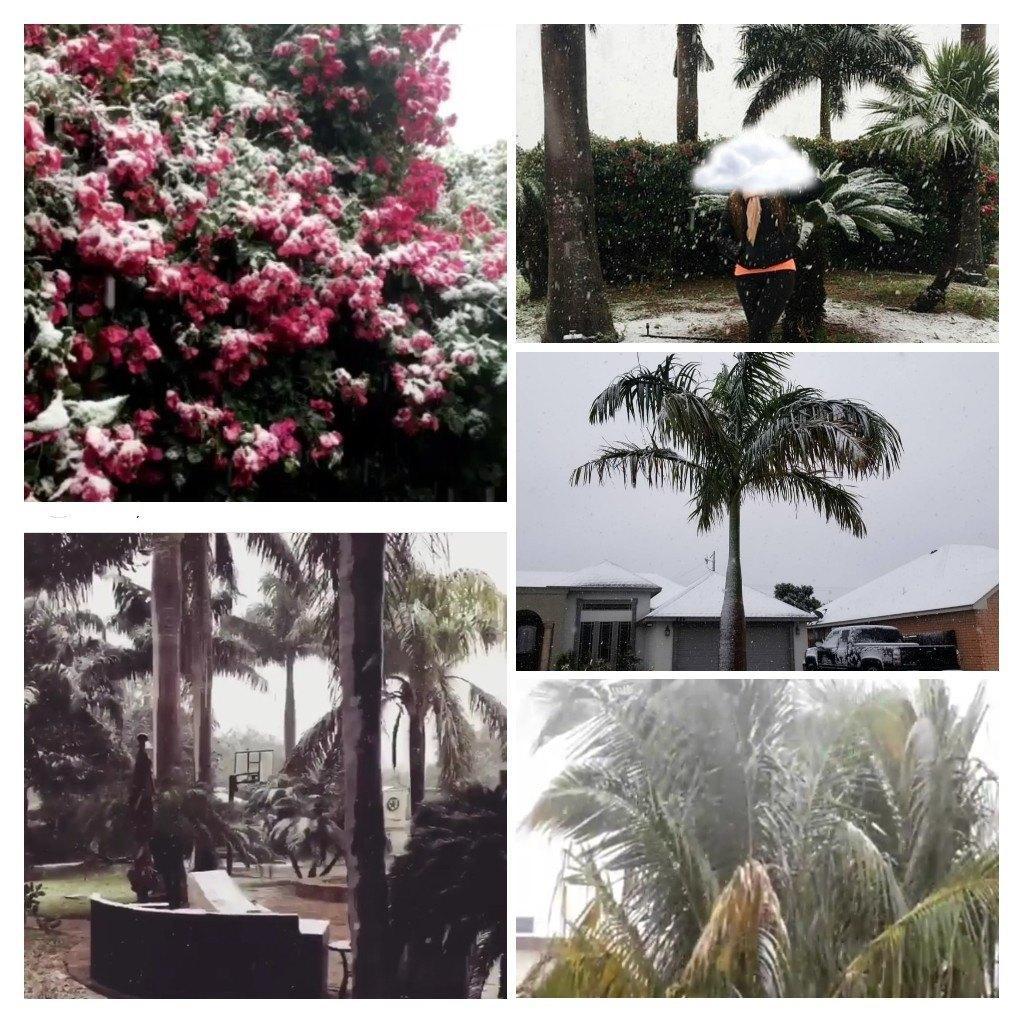


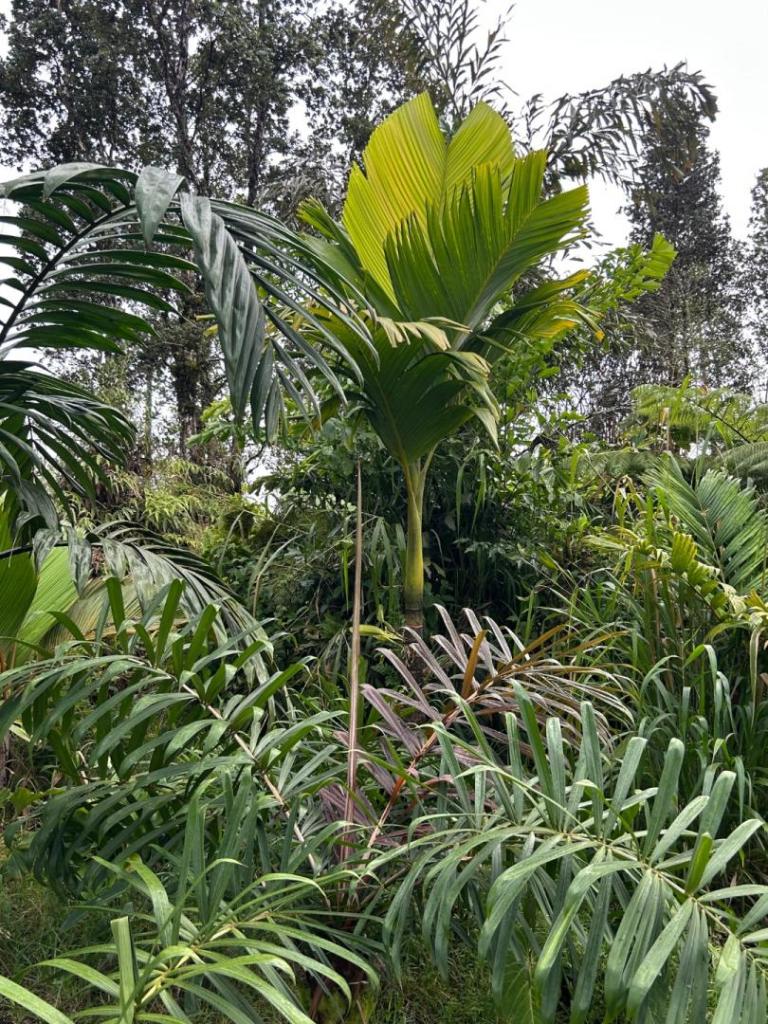
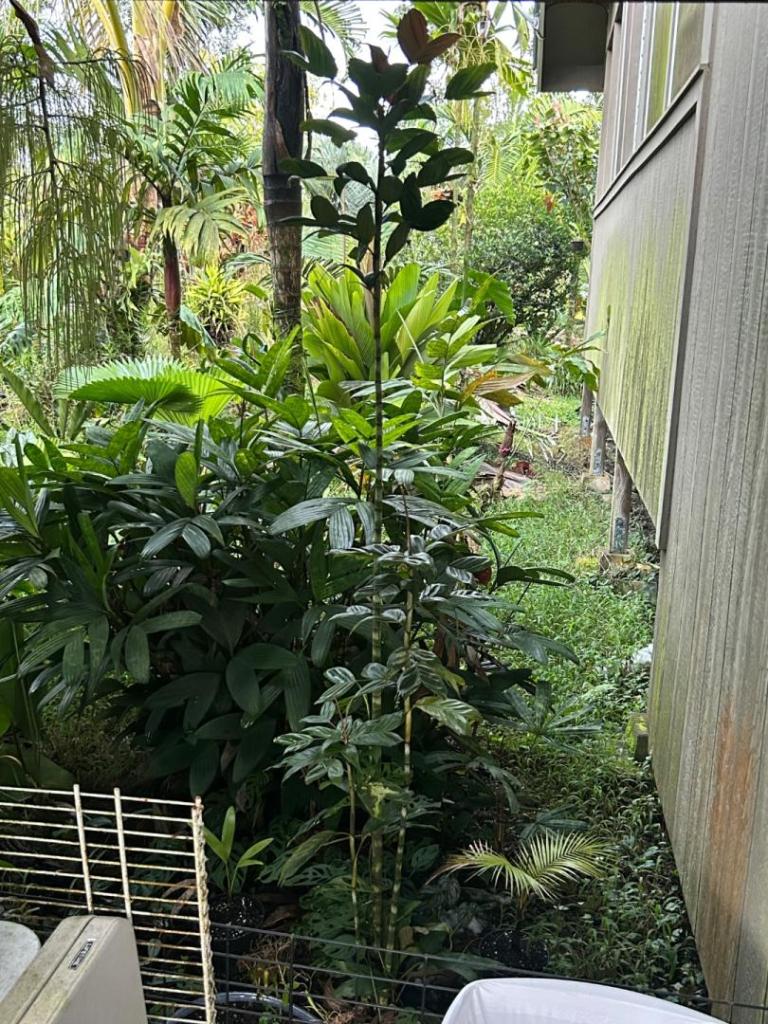
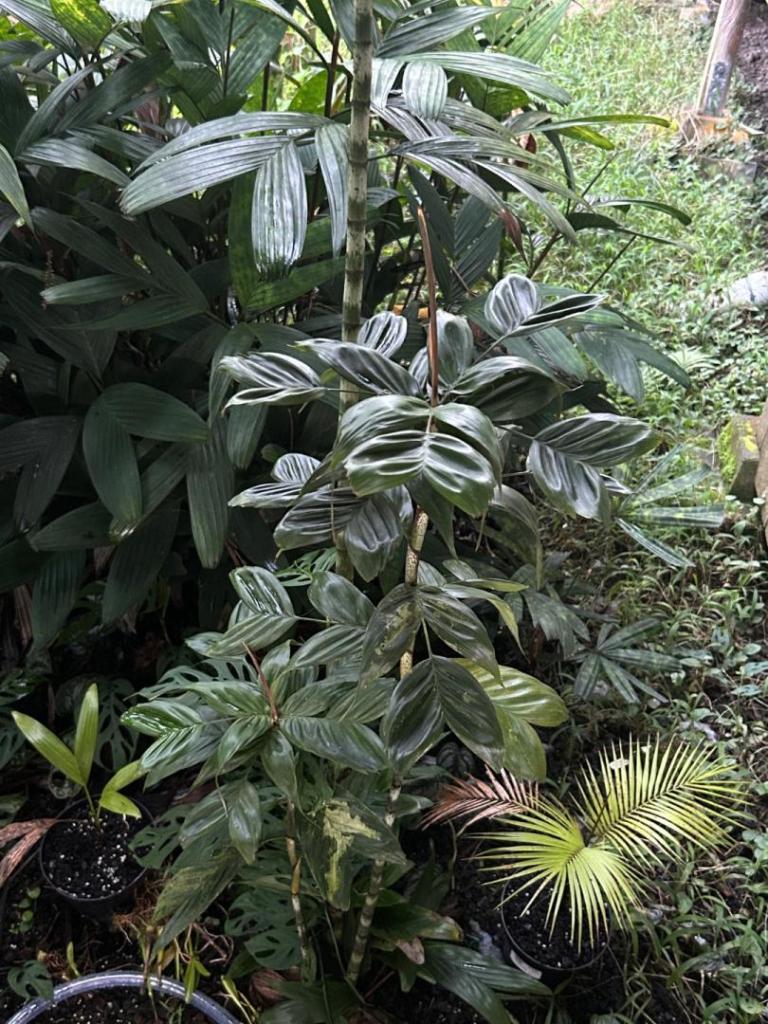
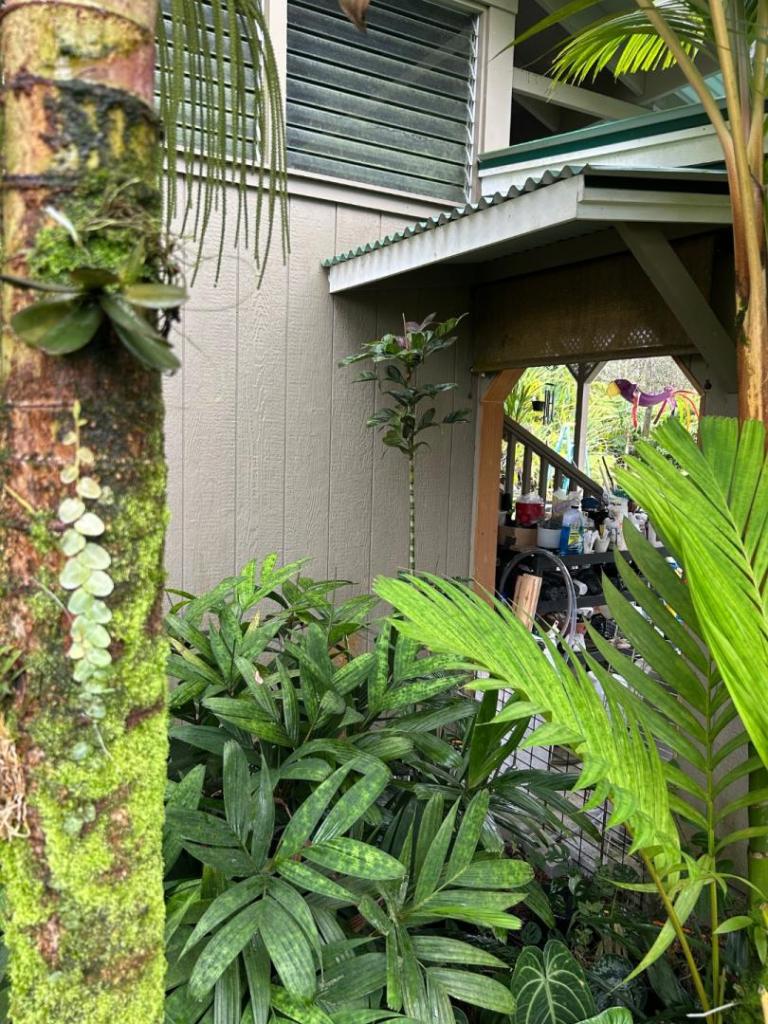


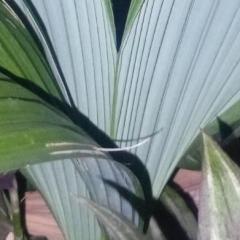
.thumb.jpeg.7a95a3d8f9638b427cac4429ed0c39dd.jpeg)
.thumb.jpeg.a8be05e1fd8fcd8c0867060bf8ab6d90.jpeg)
.thumb.jpg.980e41b711b71366701ca8fa8c3067fe.jpg)

